I spent many years fishing Gilford Angling Club water as a youngster and teenager in the days before the Internet, online forums and social media. Advice, tips and reports were shared in more analogue ways and there was less distraction. The quieter, and softer, communication of those days is often appealing. The Lough I fished most was Kernan Lough in the hills behind Gilford, a Lough with an interesting history which I did not know at the time but which now helps me understand the eerie feelings walking back from McEnerney’s Point in the dark on a summer’s night.
There were many characters that I recall from that time who were generous with their time and who often readily shared fly patterns when they had success. These flies were often elevated to mythical proportions as I did not tie flies and had never seen them in the shops. After watching one man, Derek, catch his bag limit in 20 minutes I was once offered his fly and location before he left. 15 minutes later and with my three fish landed on a ‘Red Arsed Bastard’ I though that I had fly fishing sussed. That particular fly accounted for over 100 trout in one season for me until I lost it after getting broken in a lilly pad tangle.
There was a man in the club at that time called Snowy and I hope he is still fishing the Lough. He was a reserved man and a dab hand at winkling trout out of the Lough when all around was quiet. Snowy did not drive and would set off home on foot towards Gilford, a distance of about 4 miles after his evening’s fishing. My mother would often drive out to pick me up, bringing my grandmother for the run and if Snowy was walking back I would ask if he wanted a lift. The information he shared was often scant but when he spoke I knew to listen as he was a talented and thoughtful angler. I believe it was Snowy that introduced me to the ‘White Tail’ a beautifully simplistic dry fly that accounted for a lot of fish during my years fishing the Lough and River. Two memorable fish come to mind when I think of the fly; a beautifully spotted 14 inch brownie from the runs below Tullylish Parish Church and a rainbow taken from a previously unfished spot just before dark on a summer’s night. I had been fishing McEnerneys and left it to walk back to the car when I saw a fish rising on the edge of a big bed of lilly pads and I thought it might just be at the limit of my casting range, the cast was sent out and unexpectedly worked perfectly with the leader unfurling over the edge of the lilly pads and the White Tail landed gently on the water beyond. The situation could not have been more perfect as it was in line with the cruising path of the fish and with a gentle sip the White Tail was gone and more importantly there was a weight on the end of the line when I lifted which was not a snag. The fight was unremarkable, the fish small but the number of elements that unexpectedly went right together makes this one of my most memorable catches.
So, the tying of this pattern could not be more simple, the materials I used to tie this one were mostly bought from a small tackle shop I used to frequent in Lurgan. The Antron wool is my favourite material for the tail but doubled over floss would work well. Sprite hooks were my choice hook in the 80s and I still like to use those I have left. The shop used to have a bargain bucket of old capes and this particular type was one I would buy if I saw it. Tying is simple, small bunch of Antron for a tail, peacock herl body and a straggly hackle of whatever brown/ginger cape you have. I would fish this fly with confidence for trout wherever they swim.
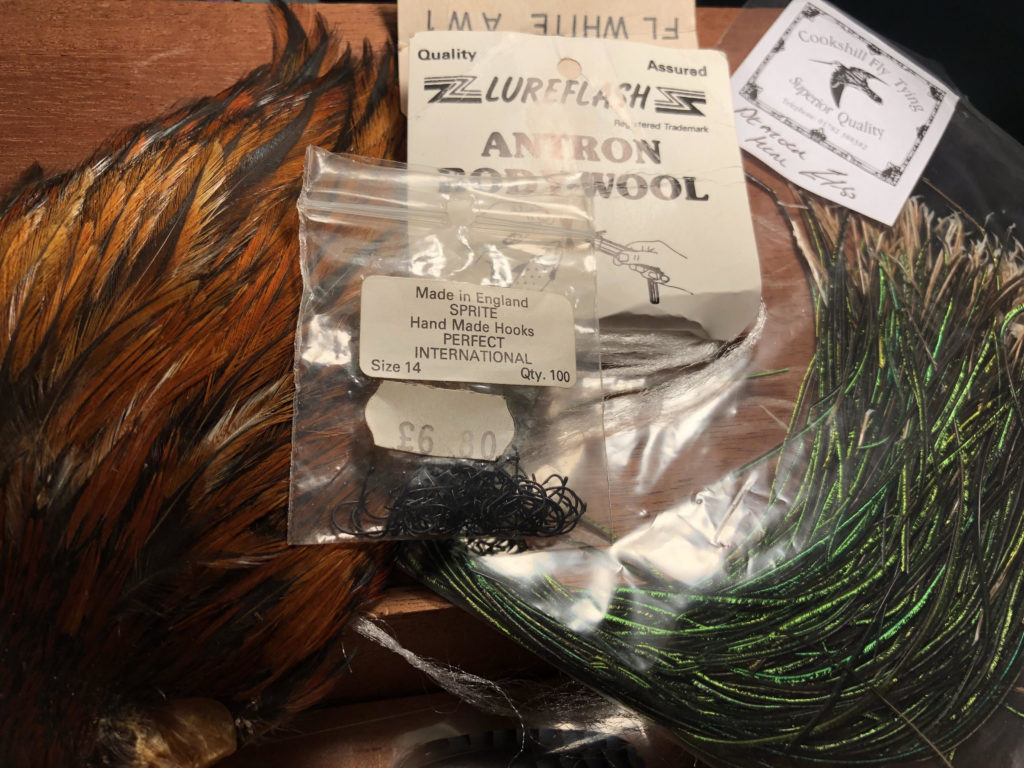

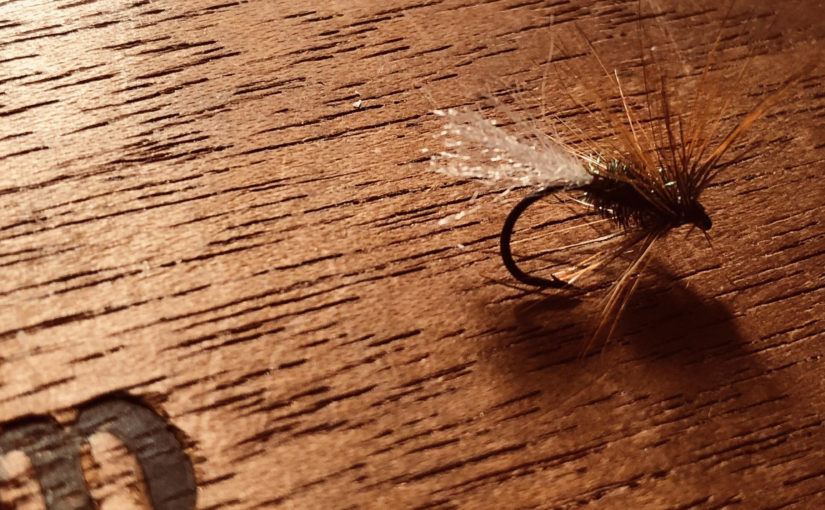
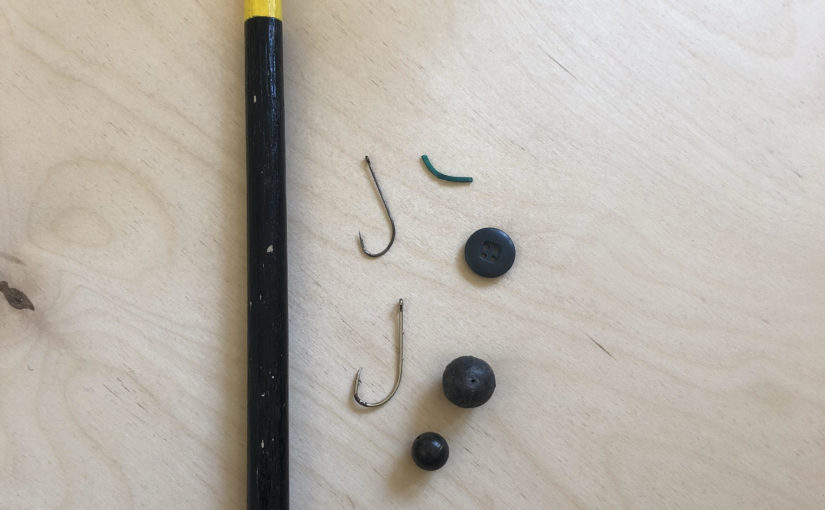
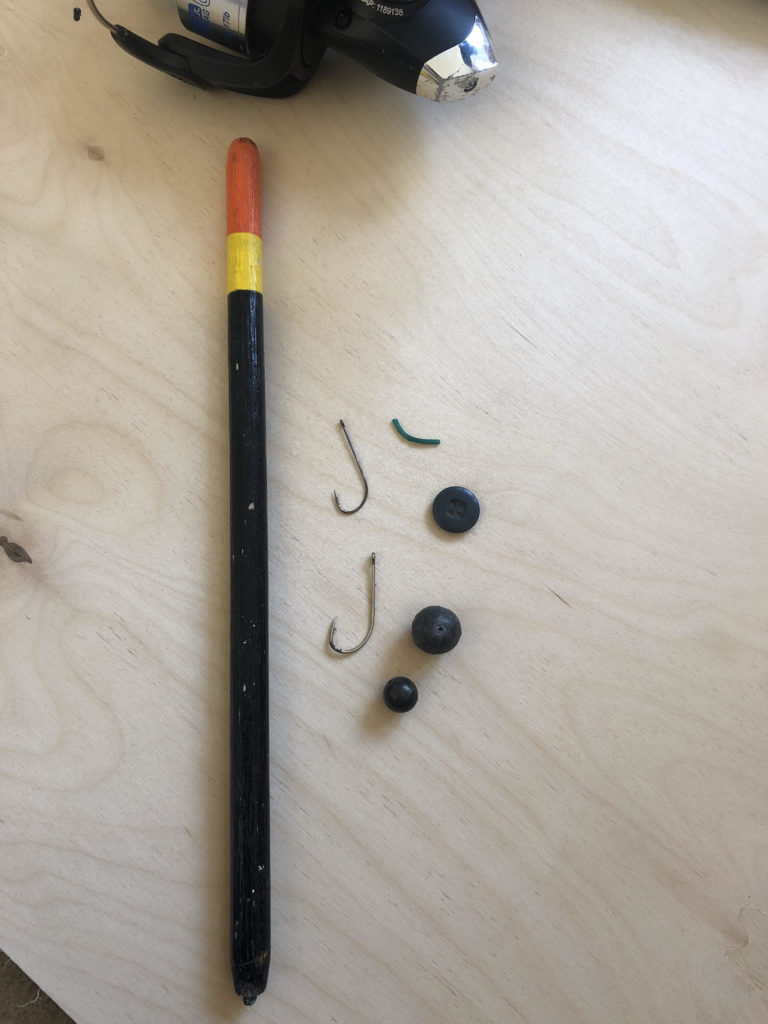
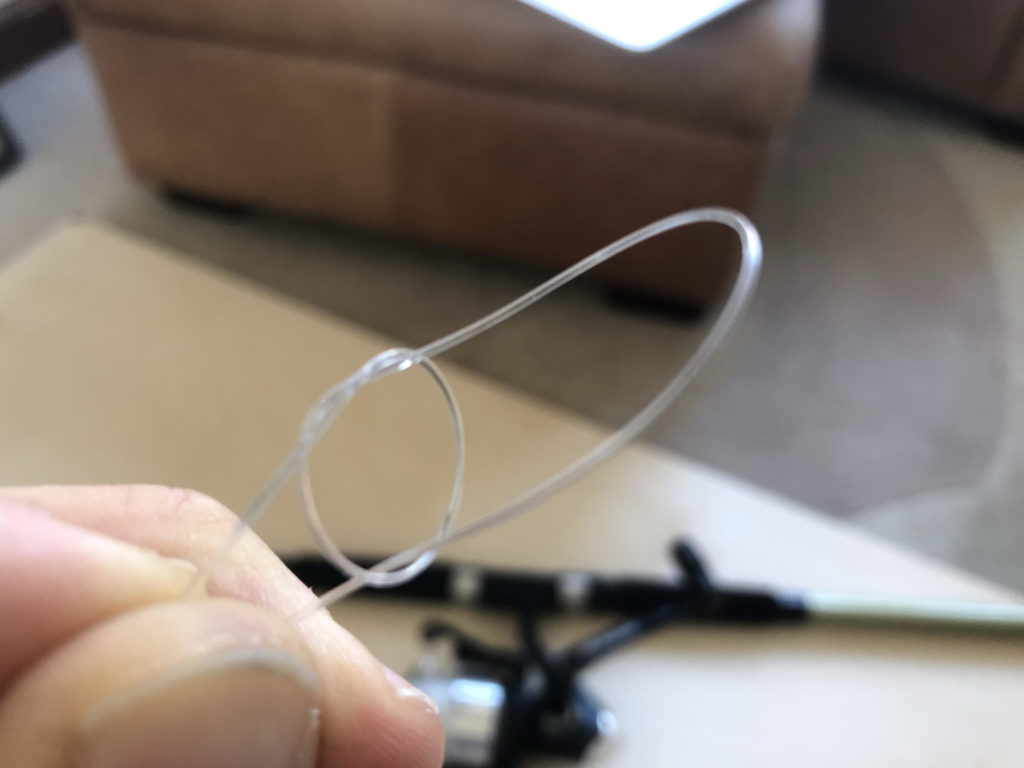
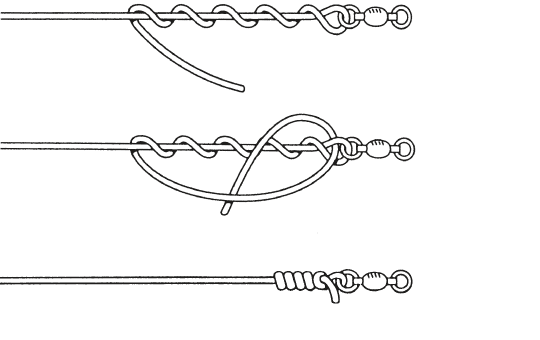
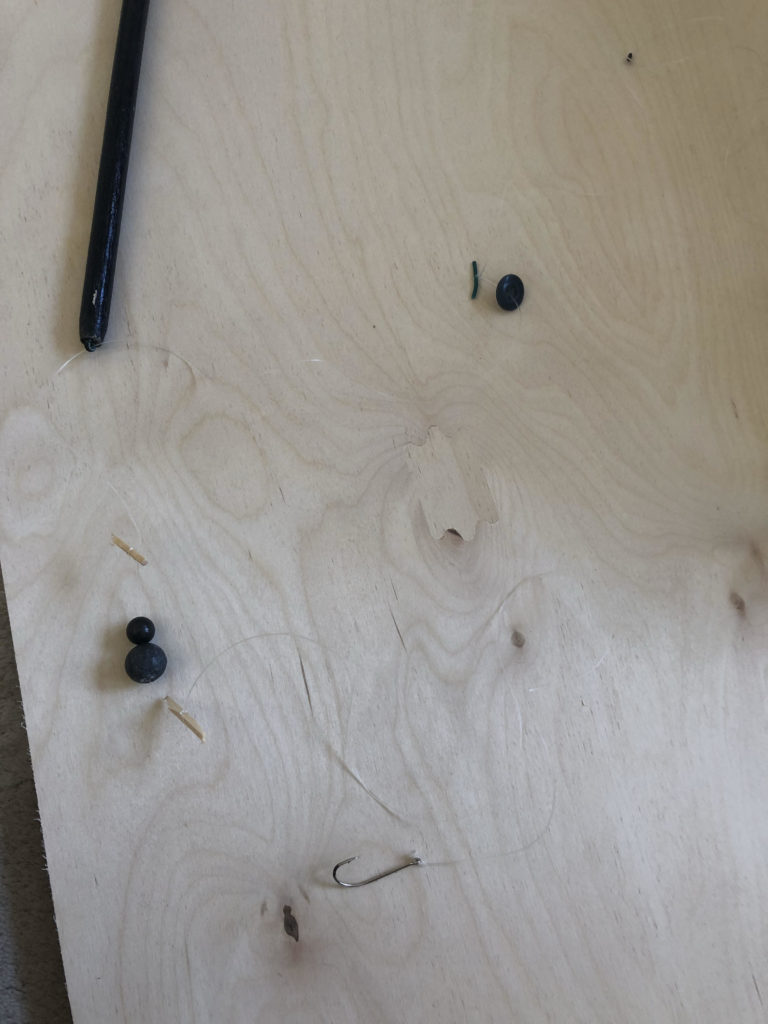
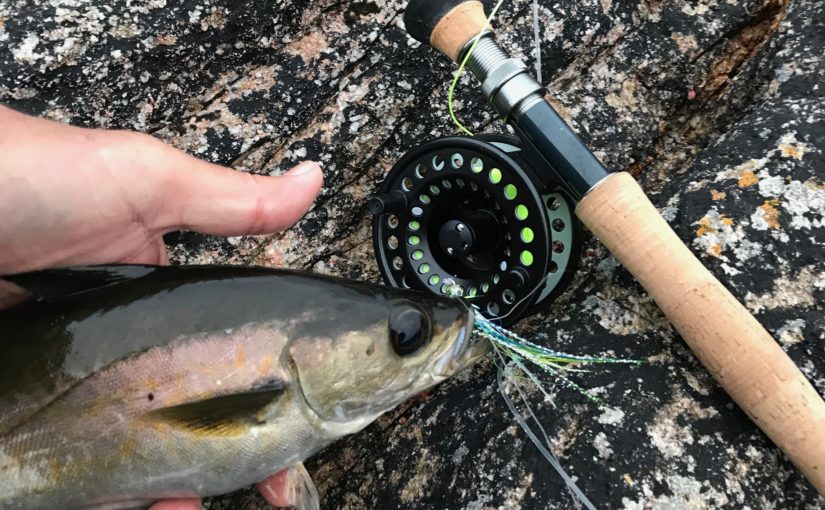
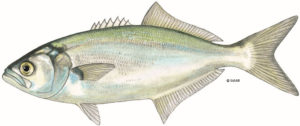
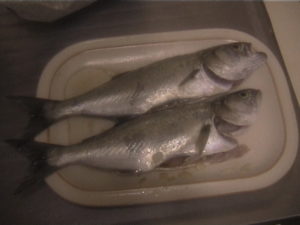
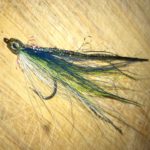
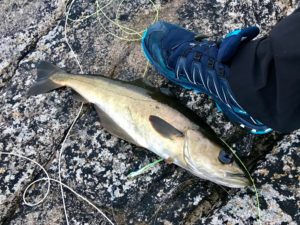 I then cast across the inlet I was fishing and on the first retrieve a Pollock threw itself at the fly, missing and launching itself out the water. On the next cast I hit the first fish, and from there is was just mayhem, fish after fish. I landed at least a dozen in a 1.5 hour session. I even quickly drove back to the holiday house in between to fetch my son so he could join in the action. The largest fish was in fact hooked by him as I cast and he retrieved in the fading light.
I then cast across the inlet I was fishing and on the first retrieve a Pollock threw itself at the fly, missing and launching itself out the water. On the next cast I hit the first fish, and from there is was just mayhem, fish after fish. I landed at least a dozen in a 1.5 hour session. I even quickly drove back to the holiday house in between to fetch my son so he could join in the action. The largest fish was in fact hooked by him as I cast and he retrieved in the fading light.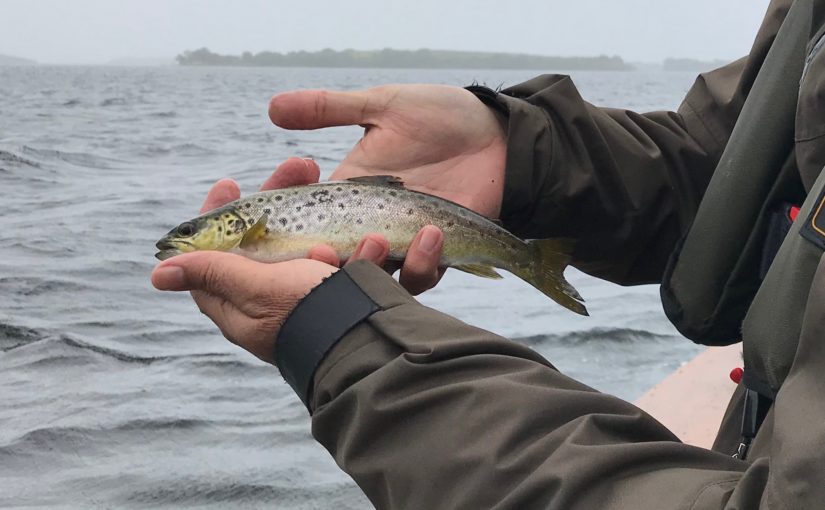
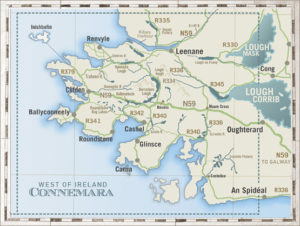 ch, as well as its more elusive residents the cannibal Ferox Trout. The Corrib is deeply embedded in Irish culture. Boats dating back to the Bronze and Iron Age have been uncovered there, as well as medieval craft.
ch, as well as its more elusive residents the cannibal Ferox Trout. The Corrib is deeply embedded in Irish culture. Boats dating back to the Bronze and Iron Age have been uncovered there, as well as medieval craft.